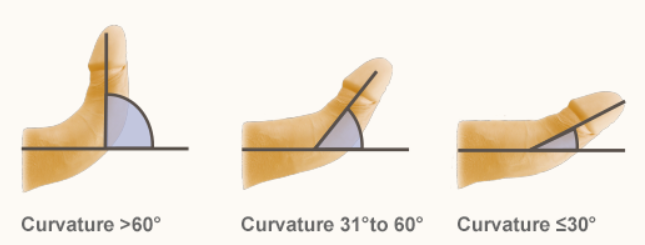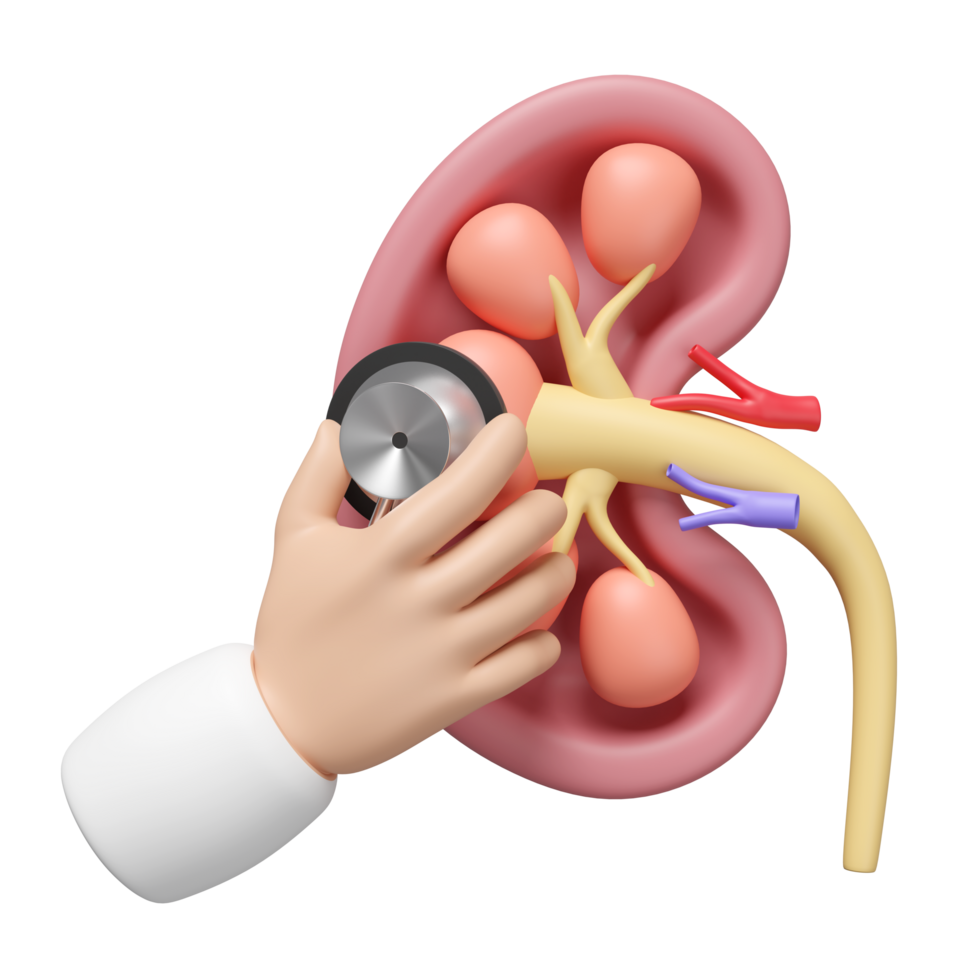What is Peyronie’s Disease?
Peyronie’s Disease is caused by the way a person’s body heals wounds. Injury or damage to the outer tissues of the penis causes scar-like tissue (plaque) to form. This scarring goes well beyond the normal healing process. These plaques are different from the kind that builds up in heart disease as Peyronie’s plaques are mostly made up of collagen. Plaques can cause the penis to change shape. The penis may curve, indent (forming an hourglass shape) or become shorter. In some cases, these changes can make it difficult, or even impossible, to have intercourse. Sometimes men also feel pain. The plaque might also lead to erectile dysfunction. It is of great value to talk to a urologist who specializes in Peyronie’s Disease as soon as any symptoms happen. The sooner you get treatment, the better your result.
Peyronie’s disease most often occurs in two phases — the acute (or active) phase and the chronic (or stable) phase.
Acute Phase
he first phase often resolves within one year but can last up to about 18 months. This is when most of the changes in the penis happen. Plaques start to form, causing changes in the shape of the erect penis. As plaques develop, curvature often worsens. Erections may become painful for some men. Early in the acute phase, pain may happen without an erection, caused by inflammation in the area of the developing plaques. Once the scar is formed, pain may be caused by tension on the plaques during erection.
Chronic (Stable) Phase
For most men, the chronic, or stable, phase starts within 12-18 months after symptoms first appear. During this phase, the main signs of the condition — the plaque andcurvature — become stable and are not likely to get worse. But, they are also not likely to get better. Penile pain often lessens or goes away during the chronic phase, but erectile dysfunction (ED) may develop or get worse.

How is Peyronie’s Disease Treated?
When Peyronie’s disease is in its early or active stage, urologists frequently choose to treat the problem non-surgically. Men who have minor plaques, little curvature, minimal pain, and no sex issues might not require any therapy at all. Anti-inflammatories such as NSAIDS are typically used to relieve plaque-related pain. You have options if you require medical attention.
Penile Injections
- Injecting a drug into the plaque brings high doses of the drug directly to the problem. Injection is a choice for men with acute disease or who are not sure they want surgery. Penile injections have been shown to help some men and include:
- Collagenase injections, which are used to break down certain tissues and are now FDA-approved in the U.S. for men with a dorsal (upward) or lateral curvature more than 30 degrees.
- Verapamil injections, which are mostly used to treat high blood pressure, but some studies show that it may be a good, low-cost choice for penile pain and curvature. This therapy might have limited benefit.
Surgery

For men who struggle to have sex due to significant penile curvature, surgery may be an option. Before recommending surgery, the majority of doctors prefer to wait at least a year. After the plaque and curvature cease becoming worse and causing pain, it is a possibility. Men with Peyronie’s disease can benefit from three operations.
• Plication surgery uses sutures to shorten the side of the penis that faces the plaque.
• By removing the scar, incision and graft surgery lengthens the side of the penis that has plaque.
• Penile implant surgery uses a prosthetic device to straighten the penis. For men with ED and Peyronie’s disease, this could be an option. An implant is inserted into the penis during this procedure to help it become straight and sufficiently rigid for sexual activity. (Men with Peyronie’s disease are not advised to have bendable implants.) The majority of people who have surgery depart the hospital that same day or early the following day. Pain medication will be given to you. For a few days, antibiotics are administered to help control swelling and prevent infection. To aid in healing, a thin dressing is frequently applied to the penis for a day or two.
Why Choose Us?
Experience and Expertise
Advanced Technology
Personalized Evidence based Treatment
Honesty and Integrity
Affordable Treatments

